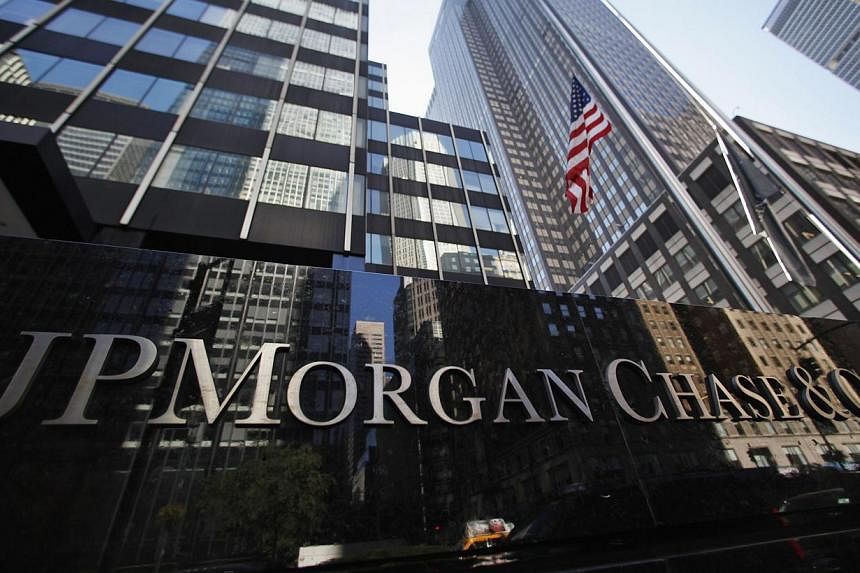NEW YORK (AFP) - Faced with increased regulation beginning in 2017, the major US banks are taking a number of restructuring steps, shedding staff and some speculative businesses, and cutting bonuses.
Taking a machete to expenses, banks are speeding up disinvestments, trimming administrative budgets and turning to automation to replace employees in a broad array of banking operations, including online.
The largest US bank in terms of assets, JPMorgan Chase, plans to save nearly US$5 billion by 2017, and is closing 300 bank branches.
In 2014, Goldman Sachs's pay fell to the lowest level since the prestigious Wall Street investment bank went public in 1999.
To meet regulators' demands, the banking industry is also jettisoning lucrative assets and is trying to shrink certain deposits by charging institutional clients a fee to hold them, a move JPMorgan announced last week.
Goldman Sachs is scaling back holdings in investment funds and private-equity firms, a Goldman spokesman told AFP.
Morgan Stanley is lowering its profile in commodity and foreign-exchange trading and has put its oil trading unit on the market, preferring to focus on wealth management, a business with fewer risks.
Bank of America, in its 2014 annual report, said: "We continue to wind down our global principal investments operations."
Regulators have toughened their standards in a bid to avoid a repetition of the 2008 financial crisis that forced the US and other governments to bail out banks.
In their cross-hairs are the famous "too big to fail" financial institutions, considered a risk to the financial system.
The Basel III global regulations require banks to reinforce their own capital buffers, both in quality and in quantity, to represent a minimum 7.0 per cent of their assets at all times. That formula means, for example, that for every US$100 lent, US$7 is the bank's own money.
Both the US central bank, the Federal Reserve, and the Financial Stability Board want a bigger buttress.
The FSB is seeking to require major global banks that are considered systemically important to hold a minimum capital cushion of 16-20 per cent of their risk-weighted assets, or Total Loss Absorbency Capacity.
As for the Fed, it wants eight major US banks to be subject to a risk-based capital surcharge. Under the proposal, the central bank could prevent the banks from paying out dividends or repurchasing shares if the failed to comply.

